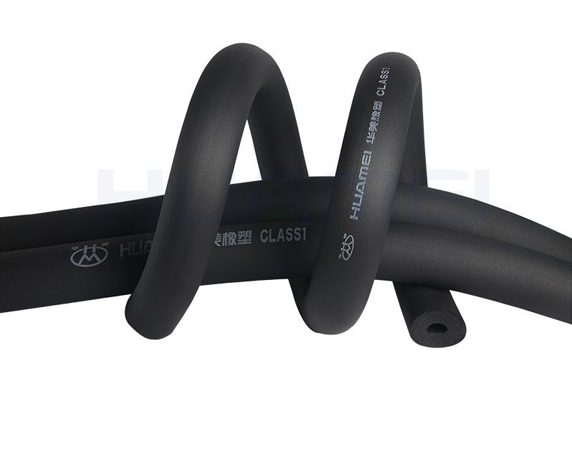E-mail: marketing@hbhuamei.com
Foam rubber is found in a wide range of applications, from cushioning in automobile seats and furniture to insulation in walls and appliances to soles and heels in footwear. Foams are made by forming gas bubbles in a plastic mixture, with the use of a blowing agent. Foam manufacture is either a continuous process for making laminate or slapstick or a batch process for making various shapes by cutting or molding.
There are two basic types of foam. Flexible foams have an open cell structure and can be produced in both high and low densities. Applications of foam rubber include cushioning for furniture and automobiles, mattresses and pillows, automotive trim, and shoe soling. Rigid foams are highly cross-linked polymers with a closed-cell structure that prevents gas movement. Their main application is insulation for buildings, refrigerators and freezers and refrigerated transport vehicles.

Originally, foam rubber was made from natural latex, a white sap produced from rubber trees. As early as 500 B.C., Mayans and Aztecs used this latex for waterproofing purposes and also heated it to make toy balls. During the early 1900s, the first patent for synthetic rubber was granted and several decades later a process for foaming latex was invented. Another process was developed in 1937 for making foams from isocyanate-based materials. After World War II, styrene-butadiene rubber replaced natural foam. Today, polyurethane is the most commonly used material for foam products. Foamed polyurethanes currently make up 90% by weight of the total market for polyurethanes.
Consumption of polyurethane in the United States during 1997 was estimated at around 4.8 billion lb (2.18 billion kg), up 13% over 1996 and representing about a third of global consumption. Canada consumed 460 million lb (209 million kg). The construction, transportation, furniture, and carpet industries are the largest users of polyurethane, with construction and transportation leading at 27% and 21%, respectively. Flexible foam is the largest end market, accounting for 44% of the total volume in the United States and 66% globally. Of the volume in the United States, slab materials accounted for 78% and moulded products 22%. Rigid foam is the second-largest end product, accounting for 28% of the market in the United States and 25% globally.
The molecular structure, amount, and reaction temperature of each ingredient determine the characteristics and subsequent use of the foam. Therefore, each formulation must be designed with the proper ingredients to achieve the desired properties of the final material. For instance, a switch in blowing agent may require an increase in this additive to maintain thermal properties. Increasing the amount of blowing agent requires more water and a switch in surfactants to maintain optimum bubble sizes and formation rates during foaming. The density of the foam is determined by the amount of blowing. The stiffness and hardness of polyurethane can also be tailored by changing the level of flexible polyol in the chemical formulation. By mixing different combinations of the starting materials, the rates of the reactions and overall rate of cure during processing can be controlled.
Copyright © Huamei Energy-saving Technology Group Co., Ltd. All Rights Reserved | Sitemap | Privacy Policy
Insulation solutions LIST: Insulation solutions LIST